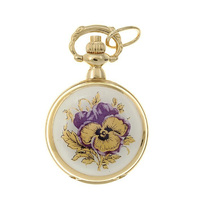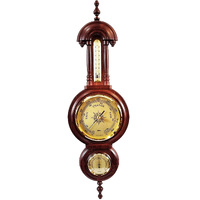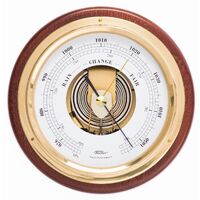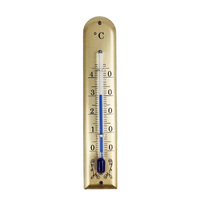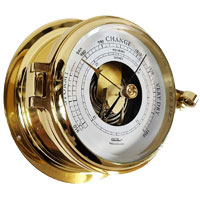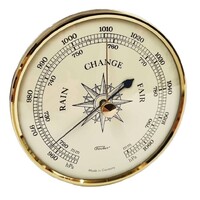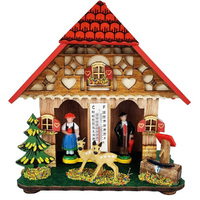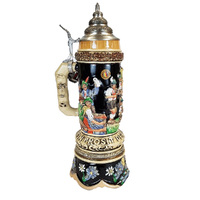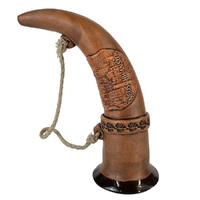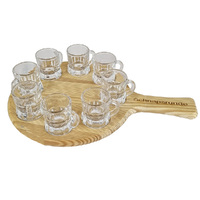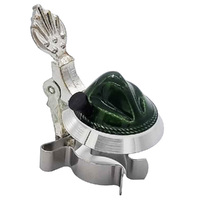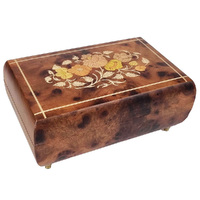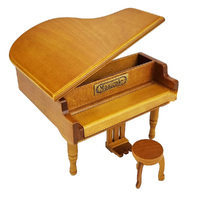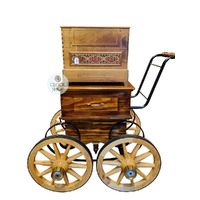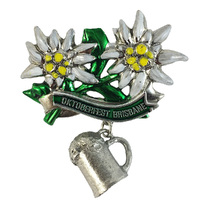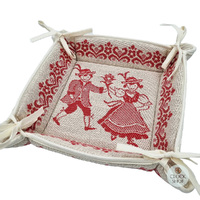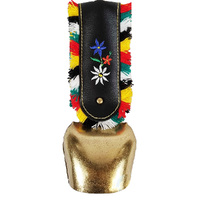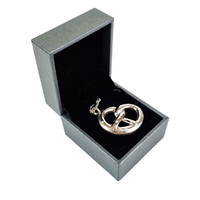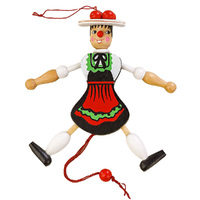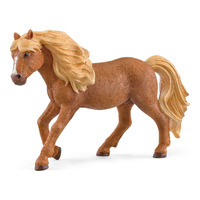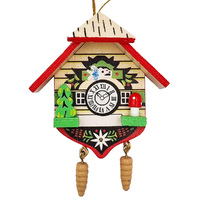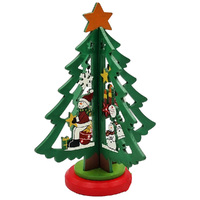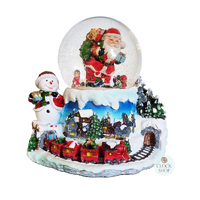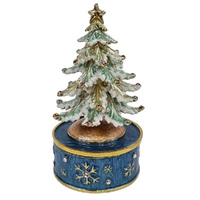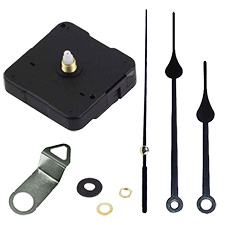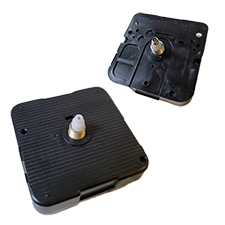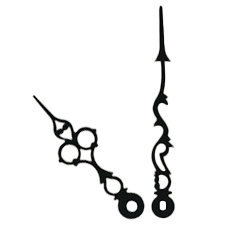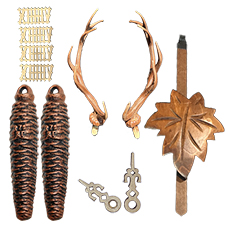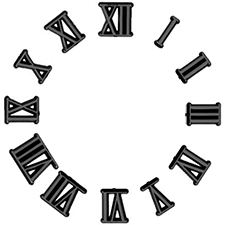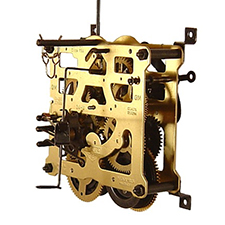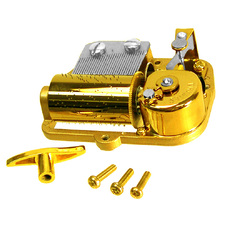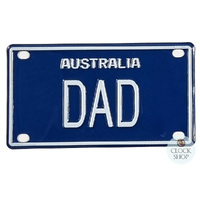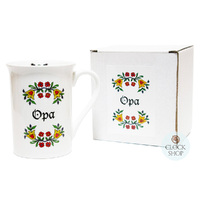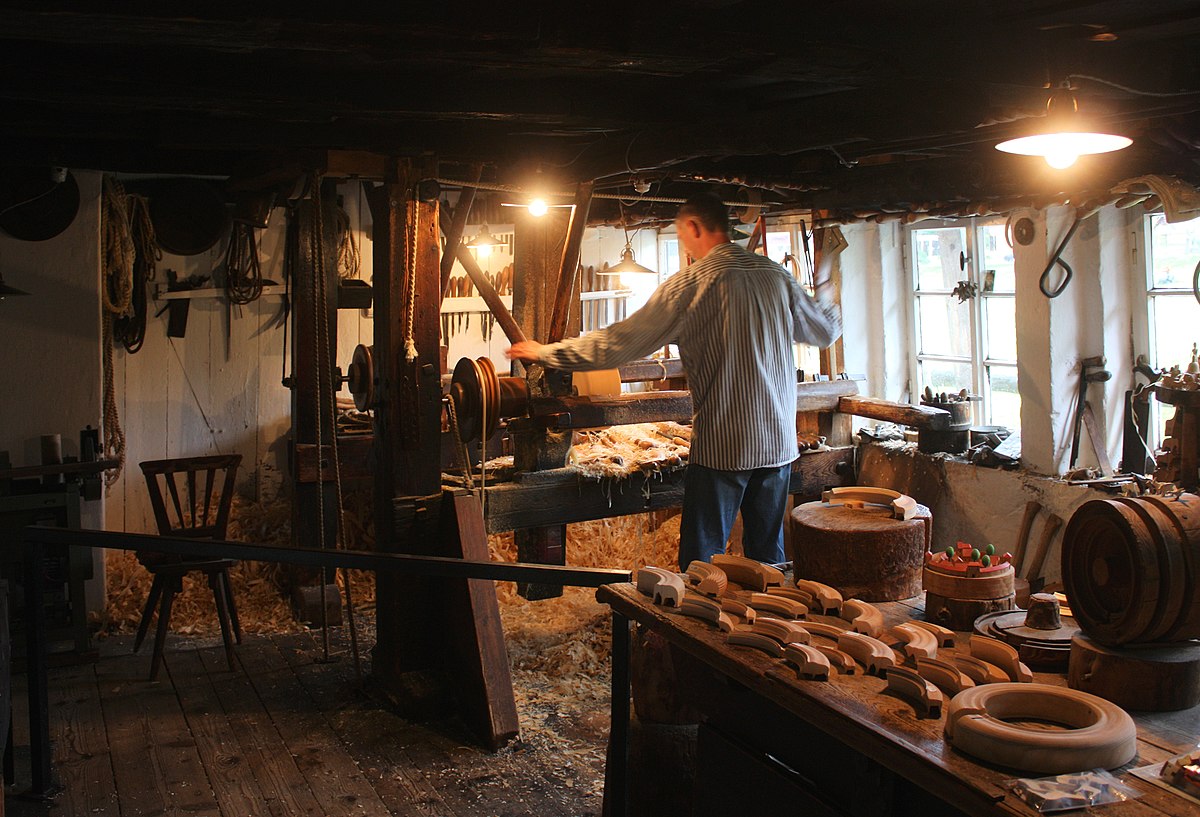The German Toy Makers Of The Erzgebirge

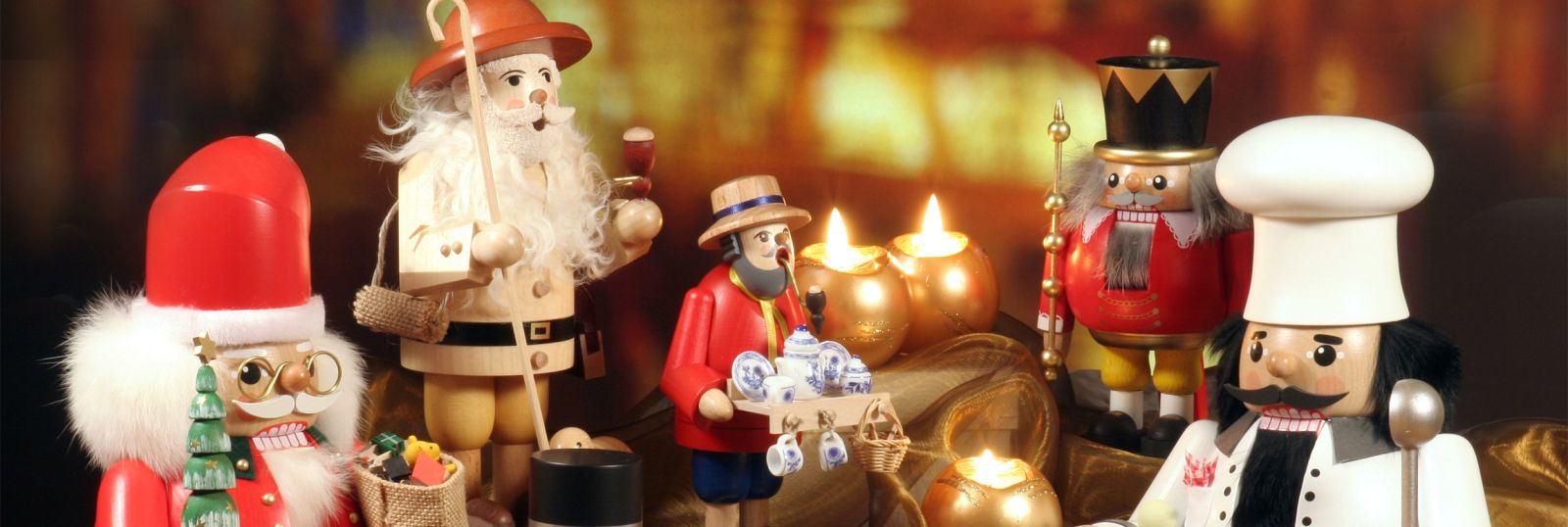
The German Toy Makers of the Erzgebirge
Christmas time brings out the inner child in all of us. With a number of whimsical and fun ways to decorate your home with beautiful Christmas decorations, it's hard not to love the festive season. One of the most recognised styles of Christmas decorations are traditional German decorations. But have you ever wondered how these decorations came about? Why nutcracker soldiers are considered a Christmas decoration? Or pondered on the meaning behind a Christmas pyramid? There is a special region in Germany called the Erzgebirge (Eertz-ga-berg-er) where these traditional Christmas decorations were created, linking to a rich mining history. A link so special that the Erzgebirge region is widely known as the ‘home of Christmas’. So where is the Erzgebirge?
The Erzgebirge (otherwise known as the Ore Mountains) is a mountain range that is abundant in wood and rich in metals such as tin and silver. The mountain range forms the natural border between Germany and the Czech Republic, serving as a natural land border between Saxony and the Bohemian kingdom for 800 years. The Erzgebirge was the earliest known mining district in all of Europe during the Bronze age. Silver was discovered in the region in the 12th century, and tin in the 14th century. These findings were significant as they were turned into coins, to be incorporated into formal economies. In the mining town of valley of Jáchymov (formerly Joachimsthal), located on the Czech Republic side of the Erzgebirge, coins that were minted were referred to as ‘thaler’, which would be translated in English to the word ‘dollar’. The Erzgebirge was an active and booming mining region for thousands of years, and although new deposits were found in the region during the 14th and 15th centuries, the region was particularly thriving during the 1700’s when mining was at an all time high. It was at this time that the very first light pyramid was designed for use inside the mines- a design that would develop into one of the most popular European Christmas decorations today. Let’s take a closer look at some of the most popular decorations that were created in the region.
The Evolution Of The German Christmas Pyramid
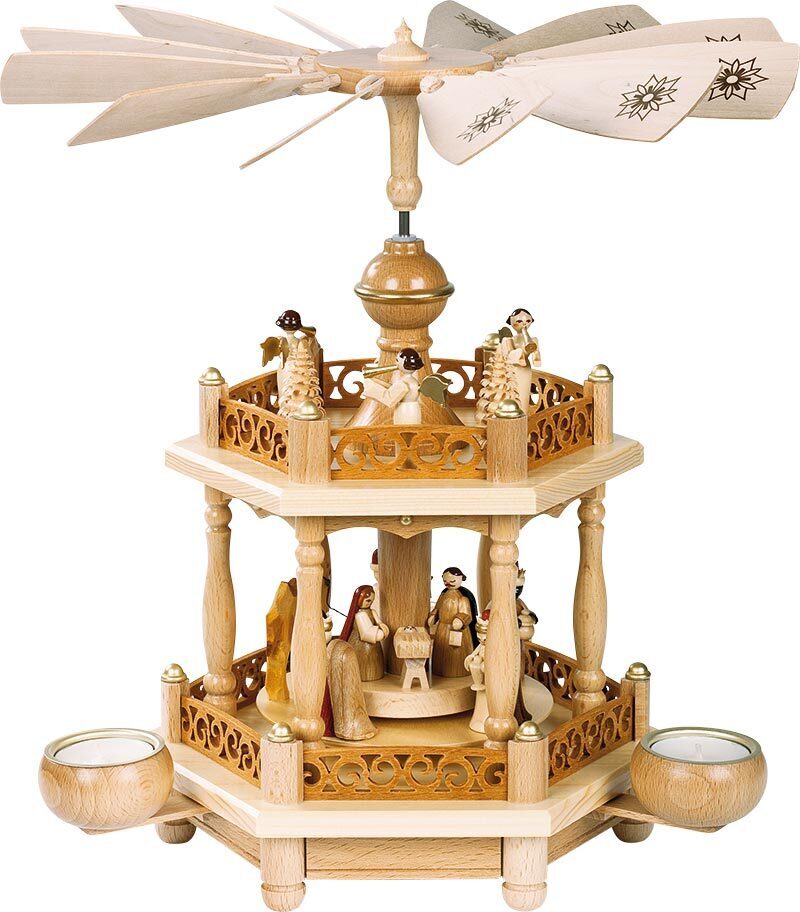
During the 1700s the mining industry in the Erzgebirge was thriving. To ensure there was enough oxygen in the mines to work safely, the local miners would bring along their own handmade pyramid creations into the mines. Originally referred to as ‘light racks’, these designs consisted of several sticks tied together and formed into a basic pyramid shape, with some candles placed at the base. The candles also represented a beacon reminding them of the light and warmth waiting for them when they finished work in the mines. Designed purely as a means of light, the original pyramids had little movement involved. They were designed with stands made from wooden rods. Eventually shelves were attached to a central rod that held wooden figurines, with a pinwheel at the top. Over time as these designs grew in popularity, they became more complex and animated as a variety of design features were added. These included the addition of candle dishes and hand carved wooden decorations and figurines in a variety of scenes. When lit candles were placed at the base of the pyramid, the rising air turned the pinwheel blades and the shelves would rotate. Over time, Christmas pyramids have evolved into beautiful creations that have become synonymous with Christmas, changing significantly from their original construction. As the popularity of Christmas trees increased during the 19th century, Erzgebirge craftsmen altered the design to more resemble the shape of a pyramid, serving as the precursor to the Christmas tree.
The most important and beautiful feature of a Christmas pyramid is light - this feature has remained the same for 200 years. Not only does light set the pyramid in motion, it also serves as the symbol of life, with its origins deeply linked to the beacon of light first used in the mines. Today even though mining has ceased in the Erzgebirge, the villages light up their windows, streets and village squares at Christmas time with Christmas pyramids (now known as weihnachtspyramide), candles and lights in respect and honour of these miners. Today, the residents of the Erzgebirge still practice these Christmas traditions, and continue to produce these decorations using traditional methods that have been handed down through the generations. In one form or another, Christmas pyramids have always served as a beacon of light and hope, and knowing this rich history makes owning one even more special.
The Rise Of The Erzgebirge Toymakers And Artisan Craftsman
After the silver and tin mines of the Erzgebirge began to dry up in the late 1700s, the local villagers were forced to find another means to survive. As many of these miners and their families had lived and worked within the same communities for generations, they focused on developing trade skills that had been handed down to them rather than choose to move to the larger cities. As the entire Erzgebirge region is highly abundant in timber, villagers began sustainable tree lopping and practised wood carving and toy making as a means to survive. Entire families including adults and children would do long repetitive hours of carving, painting and assembling in the village workshops, and families began creating their own unique variations on products. Quickly the entire region became filled with highly skilled artists, glass blowers, blacksmiths, artisan craftsmen and woodworkers, and established itself as the leading toy making region in all of Europe. The products became known as Erzgebirge mountain folk art, and included Christmas pyramids (weihnachtspyramide), nutcrackers (Nussknacker), wooden smoking men (räuchermann), wooden figurines and candle arches (schwibbogen), all of which are well loved European Christmas decorations today.
There is one particular village in the Erzgebirge that is world famous for its toy making, that is the picturesque town of Seiffen, otherwise known as ‘Christmas ornament town’. This rural location is so devoted to Christmas decorations that Germans refer to it as the true ‘Home of Christmas’. Tourists flock to the region to experience the beauty and magic that the area brings around Christmas time. From their humble origins as a means to survive, these decorations continue to be crafted in the same villages that they originated in, and continue to honour the miners of the past. In July 2019, the Erzgebirge region was awarded world heritage status by UNESCO in recognition of its significant mining activity throughout history.
The Nutcracker- A Symbol Of Protection
.jpg)
According to German folklore, a standing wooden nutcracker (otherwise known as Nussknacker), represented a symbol of power and strength, and was gifted as a keepsake to bring a family good luck, and to protect their home from evil spirits and danger. A fierce protector, "the nutcracker bares its teeth to the evil spirits and serves as the traditional messenger of good luck and goodwill." These iconic designs were first created in 1850 in the Erzgebirge region, and were modeled on the occupations of the local village people, as well as royalty and higher up professions. Some of the more popular designs that are still prevalent today include miners, toy soldiers, hunters, guards and kings, usually painted in bright colours. Today, these traditional designs are still hugely popular, with a modern array of designs making their way across the Christmas markets across Europe. Almost all of the original nutcracker designs in the late 19th and early 20th century were fully functional at cracking nuts, however modern designs are purely decorative.
During the 1950s the designs became popular with American soldiers based in Germany who visited the local Christmas markets. Nutcrackers quickly became a unique souvenir which took hold across the United States. Interestingly, nutcrackers also gained popularity following the release of the famous ballet ‘The Nutcracker Suite’ by Pyotr Ilyich Tchaikovsky. This ballet was based on the fantasy story by E.T.A. Hoffmann titled ‘The Nutcracker and the Mouse King’. This story follows a girl who befriends a nutcracker that comes to life on Christmas Eve to wage a battle against an evil Mouse King. As demand continued to exceed supply throughout the 20th century, a growing number of nutcrackers became mass produced in factories. To this day, the Erzgebirge produces genuine wooden nutcrackers using the same traditional methods for the last 200 years, and remains one of the only regions in the world to do so. By choosing to support the local craftsmen of the Erzgebirge, consumers keep these long standing traditions alive and thriving.
Traditional Erzgebirge Smoking Men
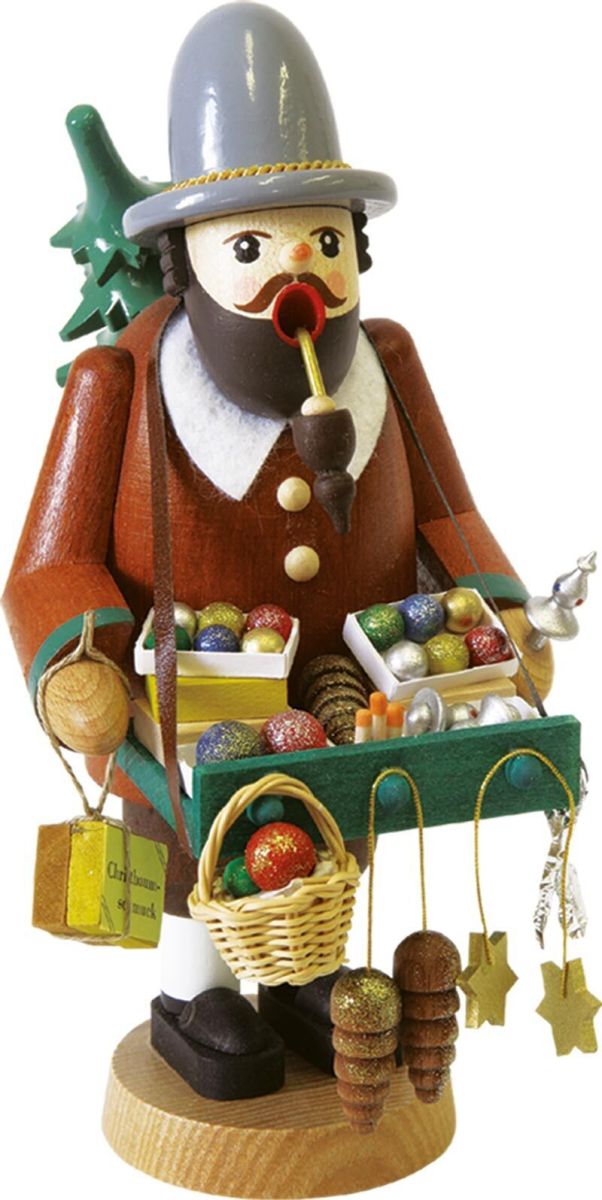
Another famous Christmas design that was also developed within the region is the Smoking Man (otherwise known as Räuchermann). First designed in the late 1600s, a German smoking man features a wood turned figure with a hollowed out belly that holds an incense cone, allowing smoke to come out of the figurine's mouth. Originally the design consisted of one solid piece, with incense placed on a tray next to the figurine itself rather than inside it. When small incense cones were invented in the late 1700s, German smokers were modified so that these cones could be placed inside the smoker entirely, causing the smoke to come out of the figurine's mouth and burn more efficiently.
Similar to nutcrackers, the smoking men originally were styled to resemble the trades of the local village people, such as miners, shepherds, farmers, chimney sweepers, carpenters, hunters, foresters and wood gatherers. Today smoking men have taken on a variety of forms, with hundreds of unique designs on offer both traditional and modern in style. Some of the more modern designs include Santa Claus, chefs, chimney sweeps, pilots, gnomes, golfers, mountain climbers, and so much more! Perhaps what has made these smokers so popular throughout history is that they honour the work of the common people rather than resemble famous figures, royalty or high up professions. These whimsical designs make fantastic gift ideas, and have become a European Christmas decoration staple.
Traditional German smokers have a number of Christmas themed incense fragrances on offer. Some scents include gingerbread, cinnamon, chocolate, marzipan and baked apple just to name a few. Let these wonderful scents fill your house this Christmas time to add just that little bit extra to the Christmas charm already in the air.
Beautiful Erzgebirge Candle Arches
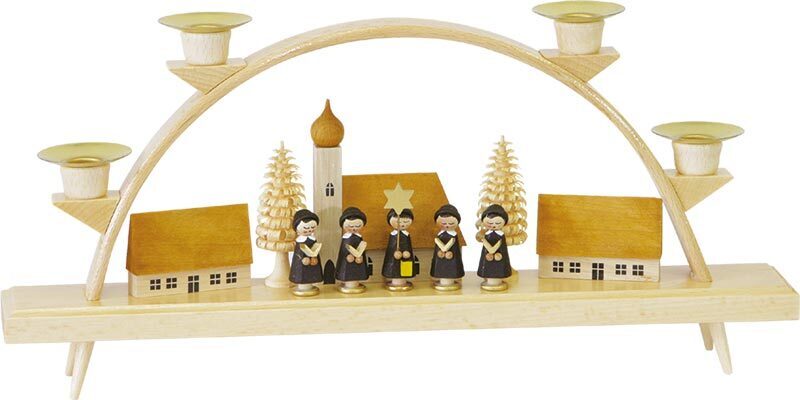
The Erzgebirge region is certainly no stranger to beautiful handicrafts and Christmas decorations. Another beautiful folk art design that originated from the region is a schwibbogen, otherwise known as a floating candle arch. The name schwibbogen dates back to the middle ages when gothic style architecture was prevalent between the 12th and 16th centuries. In gothic times, a Schwibbogen referred to an arch that was placed between two walls. Originally designed in the mid 1700’s in the town of Seiffen, the very first candle arch was made entirely of iron, crafted by blacksmiths who used materials from the mines. Over the years the design became modified, and today most candle arches are made of wood, using lumber also sourced from the region.
Erzgebirge candle arches and German Christmas pyramids were both originally designed to assist the miners of the Erzgebirge, offering a source of light and hope after a hard day's work. Whilst German Christmas pyramids were used for light inside the mines themselves, the spouses and families of the miners would light candle arch displays in their windows to light the way home for the miners returning home in the dark. This beautiful tradition has continued into the modern era, with the windows of most shops and homes filled with candle arch displays that paint a beautiful night time scene. Today the majority of designs are produced in Seiffen, with modern designs usually depicting religious or historical scenes.
Keeping To Traditions
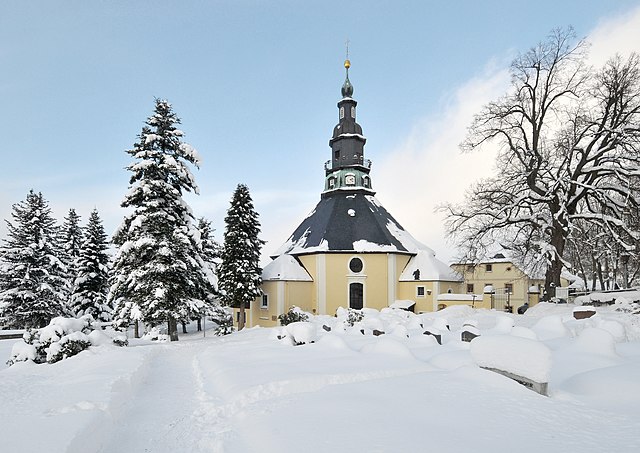
There is no doubt, the Erzgebirge proudly holds the titles of the ‘home of Christmas’ and the ‘heart of wooden toy making’. During the festive month, the small towns and villages of the Erzgebirge become dotted with pretty landscapes, gentle candle lights and authentic wooden toys. In fact, the region is so famous for their wooden toy making and folk art that the profession ‘Wooden Toy Maker’ is a listed profession in the national Crafts and Trade. Based in Seiffen, students learn the concepts of drawing and design, through to the completion of wooden toy making. It is important that Erzgebirge folk art remains at a high standard, and so the Association of Erzgebirge Craftsmen and Toy Manufacturers (Verband Erzgebirgischer Kunsthandwerker und Spielzeughersteller) was created in 1919. This association monitors the form and quality of each finished product, ensuring each product is produced according to traditional methods that are kept to a high standard.
The Erzgebirge region is no longer a region struggling to survive. Instead it has flourished into a region with a deep and rich history, and values that have not been altered by the fast paced modern world. Erzgebirge local villagers and craftsmen stand true to their heritage and values. In keeping these values alive, they also honour the memory of the Erzgebirge miners and communities that lived in the region for centuries and built the foundations for the region's success.




















